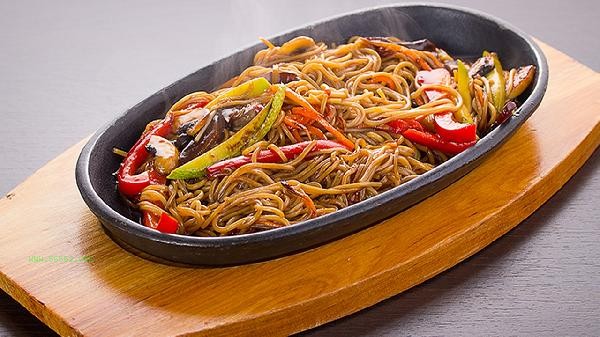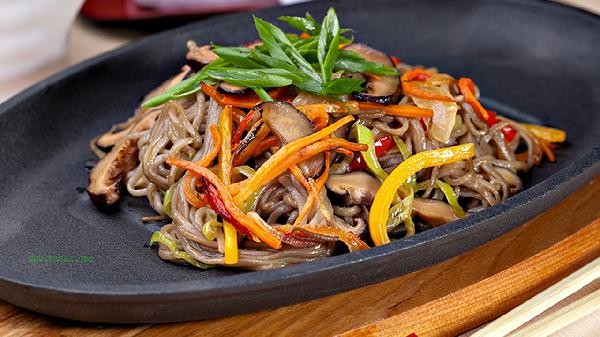The calorie content of a bowl of noodles usually takes 40-90 minutes of moderate intensity exercise to dissipate, depending on the amount of noodles, ingredients, and exercise method. The main influencing factors include noodle type, cooking method, basal metabolic rate, exercise intensity, and individual differences.

1. Noodle type:
Common wheat noodles contain about 110 calories per 100 grams, while buckwheat noodles have slightly lower calorie content of about 90 calories. Refined white noodles have a high glycemic index, fast digestion and absorption, but are prone to blood sugar fluctuations; Whole grain noodles contain more dietary fiber, with a slower digestion rate but a lasting sense of fullness. Choosing mixed grain noodles can prolong the heat release time.
2. Cooking method:
Clear soup noodles consume about 200 kcal less than chow noodles, and fried instant noodles consume up to 400-500 kcal/share. Adding high-fat toppings such as Braised pork belly in brown sauce will double the total calories, while matching with vegetable mushrooms can increase the intake of dietary fiber. The boiling method can reduce the gelatinization degree of starch by 5-8% and decrease the actual heat absorption.
3. Basal metabolism:

Adult women consume 55-65 calories per hour at rest, while men consume approximately 65-75 calories per hour. People with high muscle content can increase their basal metabolic rate by 10-15%, which means that the same amount of noodles can burn fewer calories. For every 10 years of age increase, basal metabolism decreases by 2-3%, and calorie expenditure efficiency decreases accordingly.
4. Exercise intensity:
Fast walking consumes 200-300 calories per hour and lasts for 60 minutes, consuming standard bowl noodles; Jogging at 400-500 calories per hour can achieve balance in 30 minutes. High intensity interval training HIIT can burn the same amount of calories within 20 minutes, but the sustained fat burning effect can last up to 24 hours after exercise.
5. Individual differences:
The composition of gut microbiota affects the difference in heat absorption rate by 10-15%, and the metabolic rate of individuals with thyroid dysfunction changes by 20-30%. Taking some drugs may change energy metabolism, and insulin resistance in diabetes patients will delay the decomposition of sugar. People with good exercise habits have higher mitochondrial efficiency.

It is recommended to choose coarse grain noodles with low-fat protein and use steaming to reduce oil consumption. Perform aerobic exercises such as brisk walking or cycling one hour after meals, combined with 2-3 resistance training sessions per week to increase muscle mass. Pay attention to monitoring the blood glucose response after eating to avoid hunger caused by high glycemic index foods. Maintaining a long-term balance between diet and exercise is more important than a single calorie calculation, and establishing sustainable healthy lifestyle habits is the key to weight management. For individuals with special health conditions, it is recommended to develop personalized plans under the guidance of nutritionists.



Comments (0)
Leave a Comment
No comments yet
Be the first to share your thoughts!